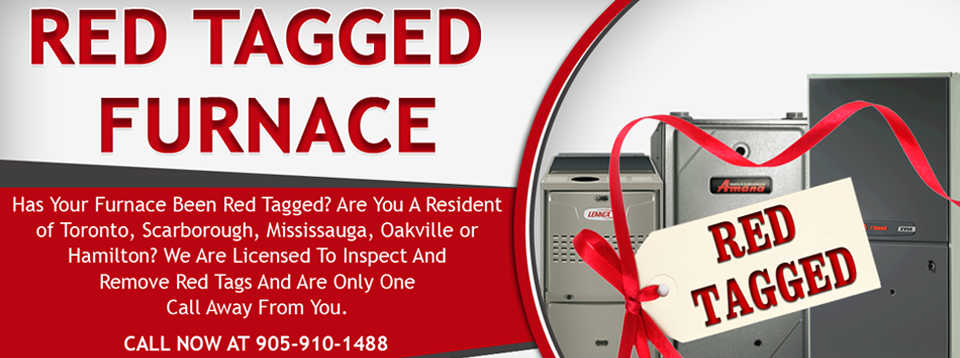Here are 5 surprising benefits of home insulation you can’t simply ignore.
Properly insulated homes are also considered important for good health because extreme weather conditions can be combated. Extreme temperatures like heat and cold bring various diseases. An estimation by Harvard School of Public Health showed that if every family in the USA only, properly insulates their homes, every year there would be a decrease in;
110,000 sick days
240 premature deaths
6,500 asthma attacks
From offering a comfortable indoor environment to reducing the energy bills, from increasing the home's resale value to preserving the environment, there are multiple benefits that the home insulation offers. Undubitably, this is one of those one-time investments that offer promising savings annually and year-round comfort.
Is your insulation failing? Are you looking for a reliable HVAC service for insulation refill? Or are you looking for home insulation for the first time?
We can help! Call us today for Home Insulation, Insulation Refill or addressing any other insulation related concerns.
Increased Comfort Level
Home insulation is about increasing the comfort level of your surroundings. 40% of the comfort level is attributed to the ratio of exchange of radiant heat between you and your surroundings. If the home insulation is done properly then the exchange of radiant heat is cut down, which results in increased comfort. This means Insulation helps in keeping the home warm during the winter season and cool during the summer. So, you and your family will no more rely on extra blankets, invest in additional fans or settle for a too-hot or too-cold home.Money Saver
Yes, it’s true that a huge portion of our income is spent on energy bills. It is not in the case when proper home insulation is done. One time proper insulation helps save on energy bills for years long. An insulated home needs less cooling/heating as it is already keeping the home warm in winters and cool in summers. Resultantly, there's less use of appliances. This leads not only in saving but also give appliances a longer lifespan.Environment-friendly solution
Proper home insulation is not only beneficial for you, your budget and your home but also for the environment. The less the appliances are used, the less they leave carbon prints and the safer the environment remains. In these times of high pollutions and global warming warnings, getting the home insulated and resultantly, using the appliances less can no doubt be a great contribution of individuals towards preserving the environment.Properly insulated homes are also considered important for good health because extreme weather conditions can be combated. Extreme temperatures like heat and cold bring various diseases. An estimation by Harvard School of Public Health showed that if every family in the USA only, properly insulates their homes, every year there would be a decrease in;
110,000 sick days
240 premature deaths
6,500 asthma attacks
Sound Factor
Most of the time we want to control sounds in our surroundings such as music, noise etc. Home insulation is good in abosrbing sounds and helps in reducing the noise transmission through the building. This results in making your rooms a quieter place to relax or study.Resale Value
This factor is ignored by many of us. If your long-term plan includes selling the home in a couple of years, then updating home insulation can play important role in fast selling and that too at a good rate.From offering a comfortable indoor environment to reducing the energy bills, from increasing the home's resale value to preserving the environment, there are multiple benefits that the home insulation offers. Undubitably, this is one of those one-time investments that offer promising savings annually and year-round comfort.
Is your insulation failing? Are you looking for a reliable HVAC service for insulation refill? Or are you looking for home insulation for the first time?
We can help! Call us today for Home Insulation, Insulation Refill or addressing any other insulation related concerns.














